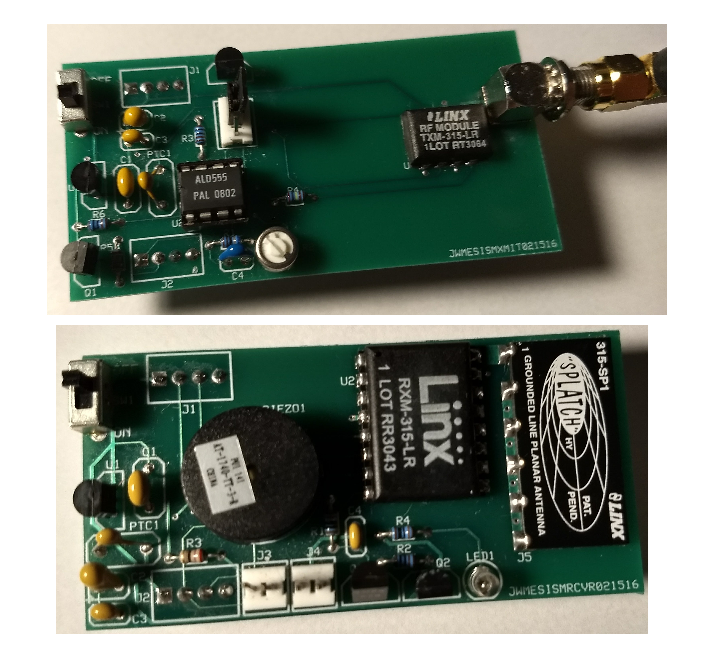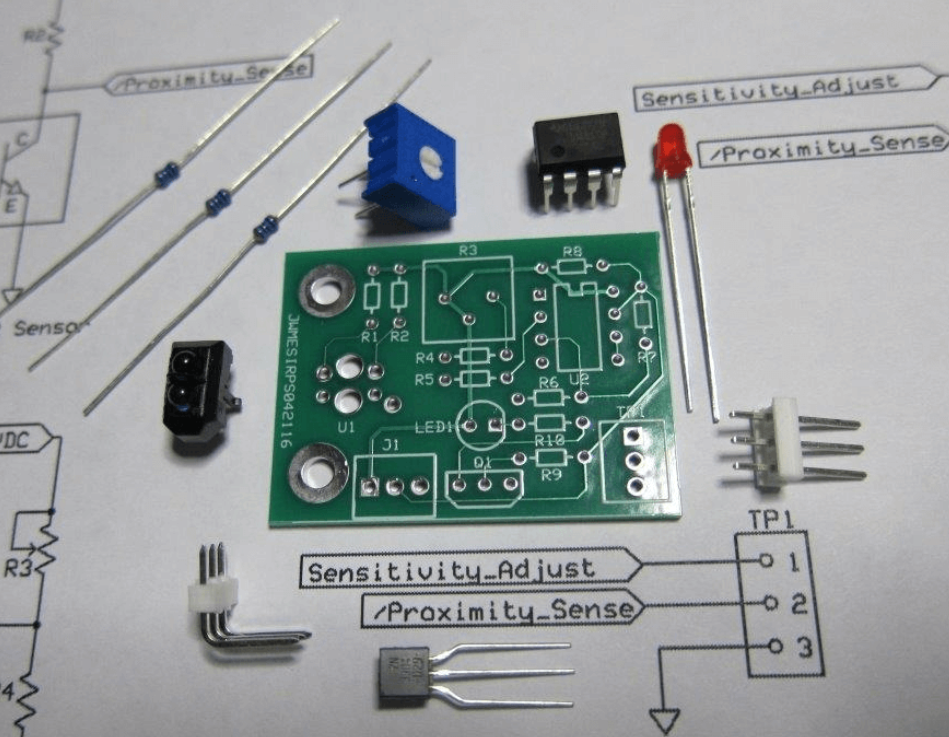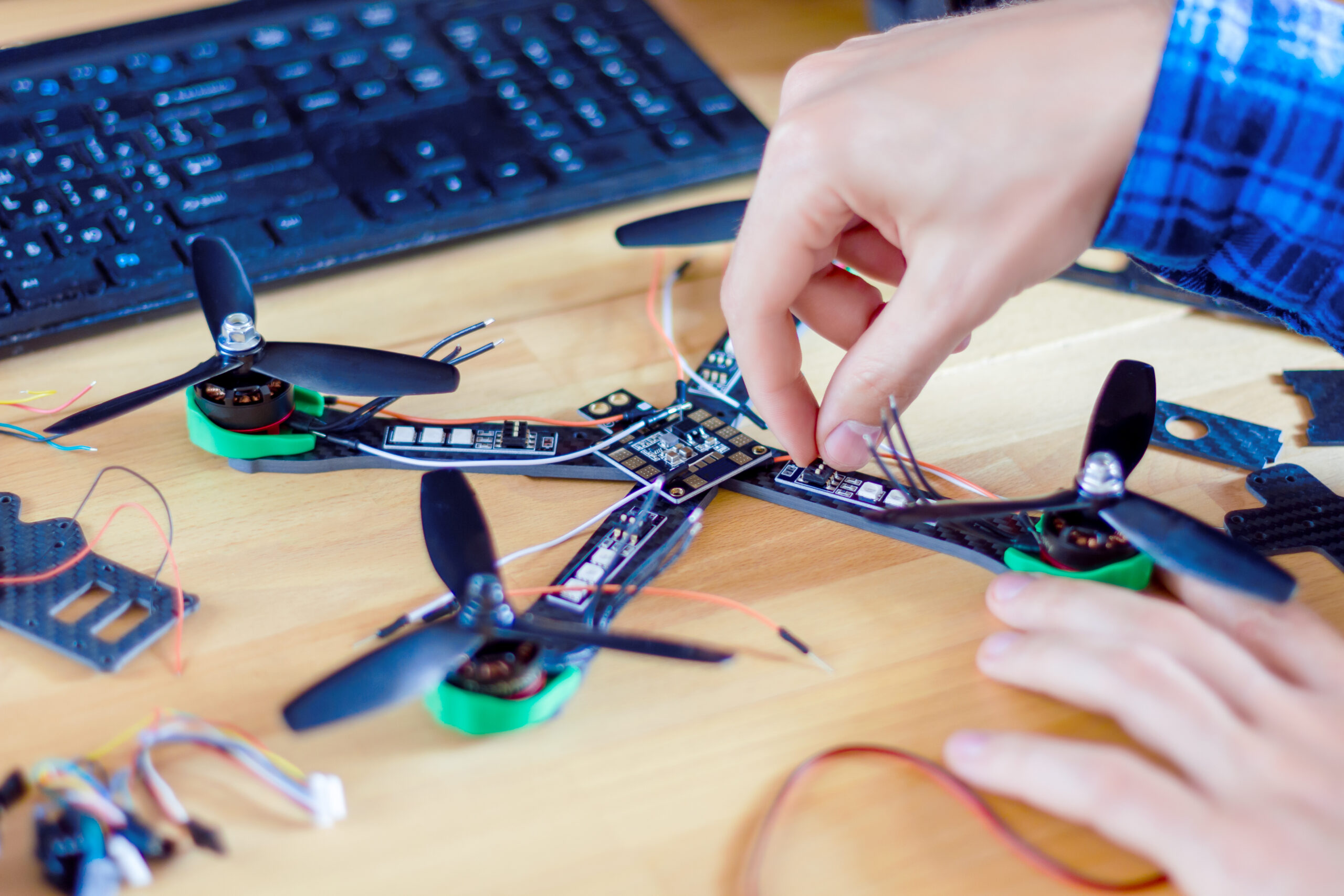Benefits of Incorporating Kit Building into an Electronics or Mechatronics Course
Kit Building in Electronics and Mechatronics education courses often sparks debates among educators. Some dismiss kits as inefficient, citing student mistakes and frustrations. However, when implemented effectively, building electronics kits offers unparalleled hands-on experience. This practical exposure bridges cognitive and psychomotor domains, enriching the learning process and preparing students for real-world challenges in electronics and mechatronics.
Why Kit Building Matters in Modern Education
Kit Building in Electronics Education transcends theoretical knowledge, providing students with the opportunity to work “under the hood.” Activities like assembling, testing, and troubleshooting mimic real-world tasks of electronics technicians. These experiences are crucial in fostering problem-solving skills, precision, and confidence.
For educators, incorporating kit building into curricula can:
• Enhance student engagement through interactive learning.
• Bridge the gap between theory and practical application.
• Develop troubleshooting skills critical for technical careers.

The New Student’s First Kit Building Experience
For beginners, kit building offers an exciting introduction to electronics. Maker and DIY kits, such as those creating mosquito repellents using ultrasonic waves, provide fun, low-cost ways to practice soldering and circuit design. These projects not only generate enthusiasm but also lay a strong foundation for more advanced work.
To ensure a successful kit-building experience, instructors can follow these best practices:
1. Divide the Build Process into Stages
Set clear milestones for each stage. For example, students could start by identifying resistors by color codes, measure their ohmic values, and verify tolerances.
2. Provide Explanatory Instructions
Begin each assembly stage with an explanation of its objectives, ensuring students understand the educational goals.
3. Require Sign-Offs
Encourage teacher sign-offs after key milestones. For instance, students might demonstrate how they measured voltage at a specific point.
4. Incorporate Show-and-Tell Moments
Use tools like oscilloscopes to showcase the functionality of completed circuits, reinforcing concepts and sparking curiosity.
PRESSON’s Innovative Approach to Kit Building
At PRESSON Circuit Modules, Inc., we’ve redefined kit building to make it a structured and educationally rich process. Our kits are seamlessly integrated with PDF courseware, available free with each module. Here’s what sets PRESSON kits apart among Kit building in Electronics Education.
Comprehensive Educational Support:
• Step-by-Step Assembly Instructions: Simplified guides ensure proper assembly.
• Detailed Testing Procedures: Step-by-step guidance for testing modules.
• Lab and Theory Lessons: Lessons tailored to practical applications.
• Interfacing Exercises: Opportunities to connect modules with other components or breadboarded circuits.
Click here to view a sample PRESSON assembly procedure. Click here to explore a PRESSON theory and lab procedure.

Key Features of PRESSON Kits
PRESSON kits are specifically designed for studying industrial electronic control systems. Unlike traditional DIY kits, they offer:
• Practical Usability: Kits are mountable on grounded base plates and functional within control systems.
• Comprehensive User Guides: These guides include schematic diagrams, detailed operational theories, and links to manufacturer datasheets.
• Compatibility with Portable Trainers: Assembled modules integrate seamlessly with portable training systems for enhanced learning experienc
Click here to view more about PRESSON user’s guide.
PRESSON Circuit Modules excel by combining innovation and practicality. They empower students with critical thinking and troubleshooting skills while ensuring alignment with real-world industrial applications. The structured approach to kit building fosters both engagement and long-term retention. For inquiries and more details, reach out to us!



